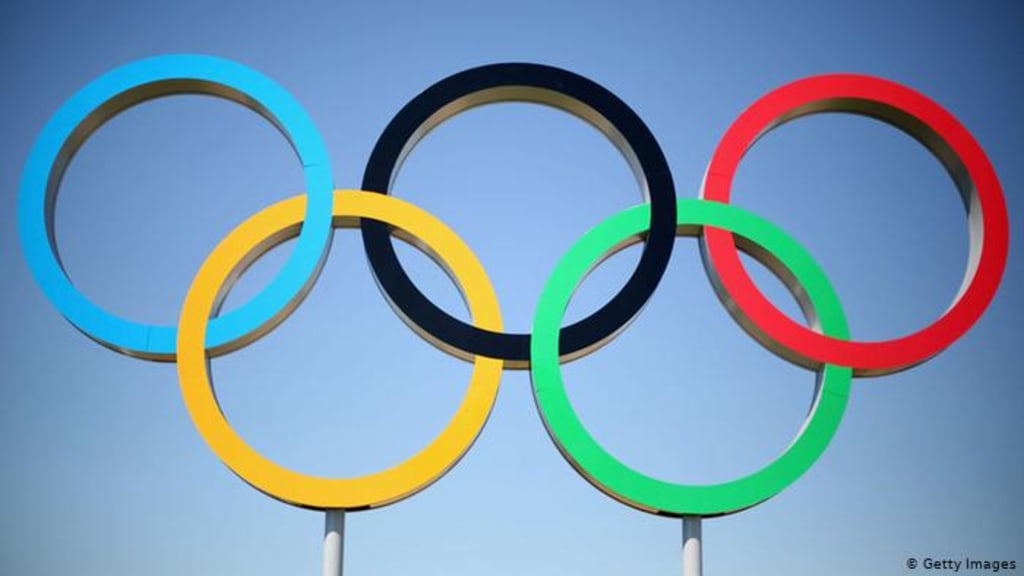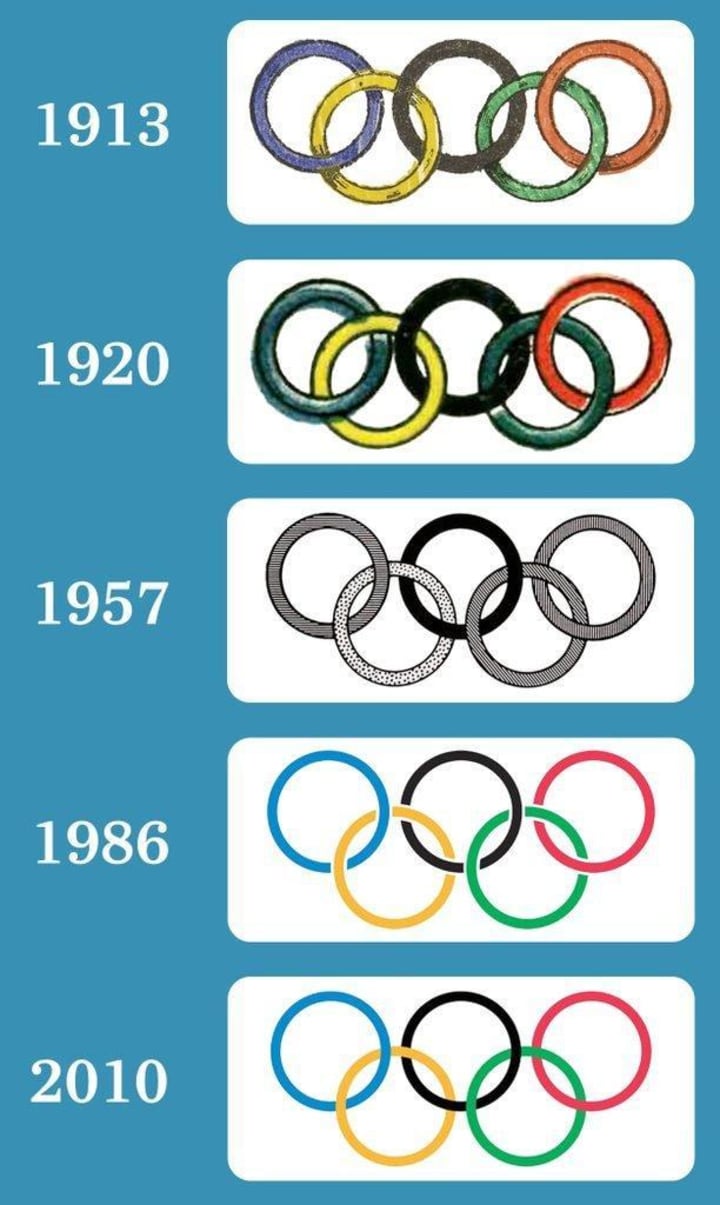Meaning of the Olympic Rings
The five Olympic rings have a special meaning.

We have grown so accustomed to seeing the Olympic rings that we take them for granted without giving them a second thought. However, there is a lot of symbolism and meaning behind those five rings.
Five Interlocking Rings
Rings and circles are usually symbols, such as wedding rings. The Olympic rings are also symbols with a special meaning. For instance, the five rings represent the five continents that participated in the 1912 Games. The number of rings has not changed over the years.
There have always been five interlocking rings representing five continents arranged in this order: Europe, Africa, Asia, America, and Oceania. The rings were and still are of equal dimensions to indicate that all the continents are equal. The matching colors are blue, yellow, black, green, and red on a white background. The colors represented every participating country's flag (not continent) at the time the rings were created. At least one of the Olympic rings' colors appears on all the national flags of the world.
“The Olympic symbol consists of five interlaced rings of equal dimensions (the Olympic rings), used alone, in one or in five different colours. When used in its five-colour version, these colours shall be, from left to right, blue, yellow, black, green and red. The rings are interlaced from left to right; the blue, black and red rings are situated at the top, the yellow and green rings at the bottom in accordance with the following graphic reproduction.” (Olympic Chapter, Rule 8)
Creator of the Olympic Games
The Olympic rings were originally designed in 1913 by Pierre de Coubertin, the founder of the modern Olympic Games, when he drew the colored rings at the top of a letter he had written, according to the International Olympic Committee. The 19th-century French historian, sociologist, athlete, and education reformer founded the International Olympic Committee (IOC) in June 1894 and proposed what became the modern-day Olympic Games. The first games were held in Athens in 1896.
Coubertin’s vision for the Olympics was for elite athletes from different parts of the world to come together in one location to compete in games that would rotate among the countries.
Evolution of the Olympic Rings
Don't be misled to think the five colors stand for the five continents. Coubertin chose the five colors of the rings and the white background to represent every single flag of the countries participating in the games and not just the continents. In Coubertin’s own words: “The six colors thus combined reproduce those of all nations without exception.”

As you can see from the images above, the rings have kept their interlocking feature over the years. The colors have always been in the same order. Notice that the original rings in 1913 and those in 1920 were much thicker than in the years that followed.
The Olympic rings have been used in every summer and winter game since 1920 and have remained unchanged to this day. There has been only one exception to the pattern. A version introduced in 1957 had a slightly increased space between the rings, but they were still interlocking. In 2010, the IOC agreed to go back to Coubertin’s original design without the extra spacing.
According to the IOC, there are currently seven “official” versions of the Olympic rings. However, the preferred one features rings in all five colors on a white background. In cases where it’s not possible to reproduce the Olympic rings in color, monochrome versions of the rings in each of the official Olympic colors are acceptable alternatives.
Explanation of the Evolution of the Rings
1913: Pierre de Coubertin created the original Olympic symbol with five interlocking rings that are blue, yellow, black, green, and red in the middle of a white background. The symbol was adopted in 1914, but it was not seen at the Games until six years later.
1920: The official debut of the Olympic rings was at the Games of the VII Olympiad in Antwerp, in the form of the Olympic flag.
1957: After 44 years of use, the IOC approved the first slight modification of the Olympic rings. The two lower rings were moved down just a bit farther with additional space between the rings. See if you recognize the subtle change in the images above.
1986: The IOC updated its Graphics Standards to include a description of the official version of the Olympic rings, with complete instruction of how much space should be between each ring when the logo was reproduced.
2010: The IOC Executive Board decided that the Olympic rings should return to Coubertin’s original drawing of the rings.
Now that you know what the rings mean, you will probably pay more attention to them as you watch the Olympic Games.
For More Reading Pleasure
About the Creator
Margaret Minnicks
Margaret Minnicks shares articles with readers all over the world. Topics include celebrities, royal family, movies, television, foods, drinks, health issues, and other interesting things. Thanks in advance for TIPS that are sent my way.







Comments
There are no comments for this story
Be the first to respond and start the conversation.